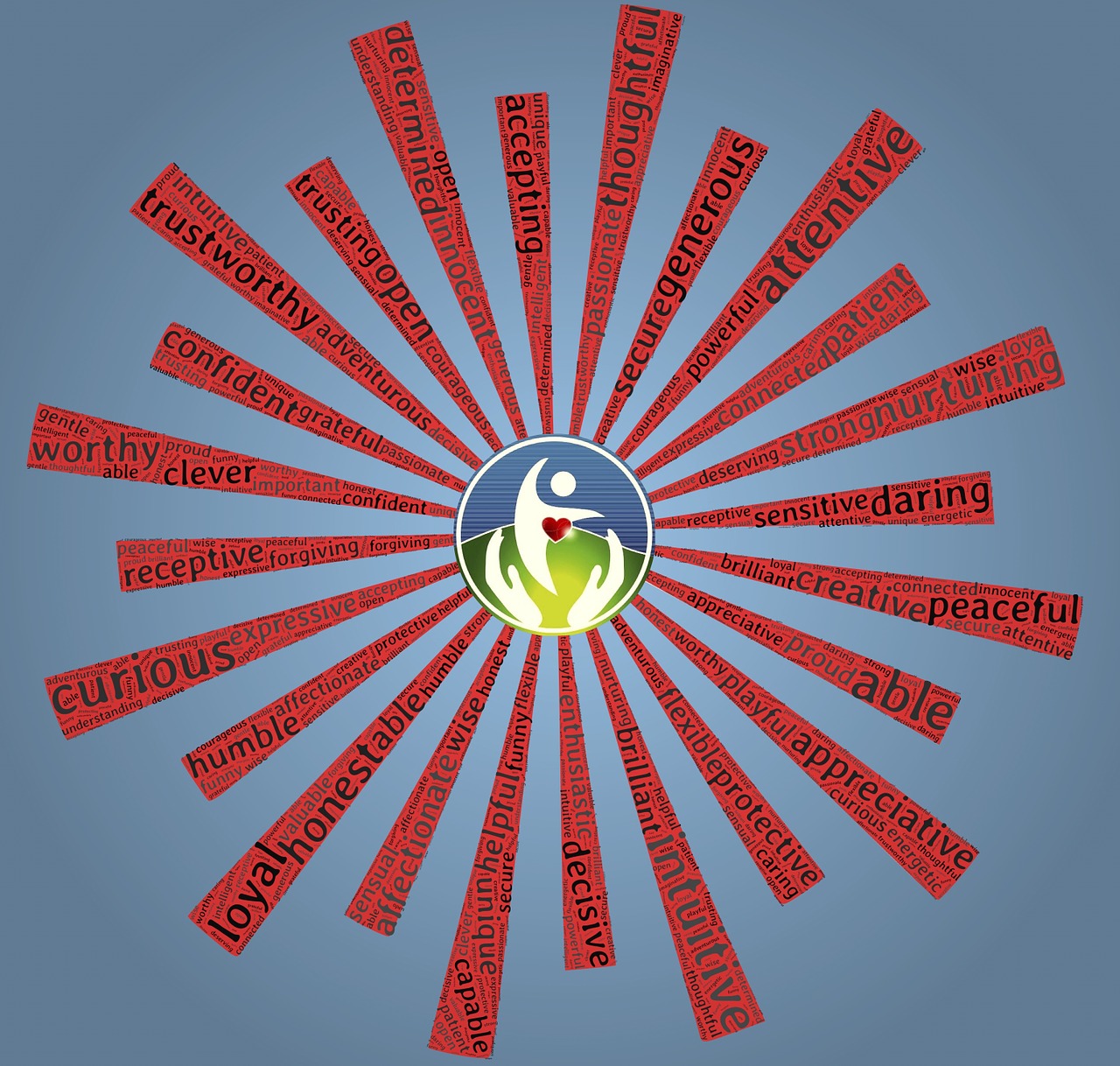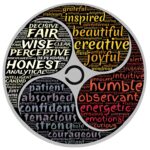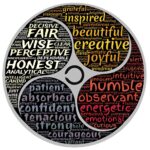There are many qualities that are necessary to grow personally and become the best versions of ourselves including motivation, hope, confidence, focus, resilience, persistence, perseverance, and much more. These traits, though necessary, may not be sufficient to make the life changes you want and be the person you want to be. Patience may be the most important attribute you need to possess to make meaningful changes in your life because change is hard and slow, and without patience, you won’t commit the considerable time and energy necessary to allow those changes to emerge.
Before we delve further into the “power of patience,” To ensure our shared understanding of what patience is, let me offer you the Wikipedia definition that articulates its many facets:
- The ability to endure difficult circumstances,
- Persevere in the face of delay,
- Tolerate provocation without responding in disrespect/anger,
- forbearance when under strain, especially when faced with longer-term difficulties, or
- being able to wait for a long amount of time without getting irritated or bored.
These descriptions of patience are truly admirable and qualities that we all would like to possess. Philosophically, everyone older than a child knows that nothing of value in life comes quickly or without hard work, whether an education, career, avocation, or relationship.
A Culture of Impatience
Yet, patience is in very short supply these days because the messages we get from our “impatient” culture are very difficult to resist. Unlike in previous generations, most of us aren’t learning the value or the practice of patience. In fact, so much of our lives today are governed by immediate access to whatever we want and instant gratification of our needs. This culture of impatience has been exacerbated by the emergence of digital technology over the last 25 years. From the seemingly ancient (think fax machine and microwave) to the most up to date (think internet search, streaming, and texting) it seems like life is at our fingertips instantaneously and with little effort.
Impatience is both the most common reaction and greatest obstacle to the always slow, often-times unpredictable, and never linear journey to positive life change. The unfortunate consequence of the absence of patience is the inability to do what’s necessary to improve your life. Impatience begins with a set of perceptions and beliefs:
- “This is taking forever.”
- “My goal is unachievable.”
- “I’m never going to change.”
- “I just can’t do this.”
- “What’s wrong with me?”
- “I give up!”
Negative Emotional Chain
In turn, these perceptions and beliefs trigger what I call the “negative emotional chain” which is comprised of three links: frustration, anger, and despair. These links in the negative emotional chain are not only immense obstacles to positive life change but are actually sabotaging by making that desired change more difficult at a practical level and aversive at an emotional level.
Frustration. The best way I can describe frustration is: AAARRGGHH!! It is a truly infuriating feeling that we are all familiar with. But what is frustration precisely and what causes it? Simply put, frustration arises when the path toward your goal is blocked. For anyone who has ever tried to change something about themselves knows, frustration can be a constant, and unwelcome, companion on your journey.
Most people think of frustration as a bad emotion because it just doesn’t feel good. Yet it is actually more complex than that. The fact is that frustration is hard wired into us evolutionarily to help us survive. Frustration starts as a good emotion because when you get frustrated, you’re motivated to remove the obstacle that is blocking the path toward your goals. You try harder and that extra effort can, if the obstacle isn’t too big, result in clearing that path enabling you to to continue down the path toward your goals and no longer feel frustration.
However, there is a problem that often arises when you become frustrated which can prevent you from clearing that path to your goals. There is a tendency when you experience frustration to do what you were doing before simply more and harder, relying on the “magical thinking” that you will somehow just wear the barrier down by sheer will and persistence (which can happen, but not usually). However, this strategy violates Albert Einstein’s famous Law of Insanity; “Doing the same thing over and over and expecting different results.” So, your well-intentioned efforts can often increase, not decrease, your frustration, thus leading you to the next link in the negative emotional chain.
Anger. If, despite your best efforts, you can’t clear the path toward your goals and relieve your frustration, it can morph into anger. Most people also believe that anger is a bad emotion, but, like frustration, it too has both positive and negative sides. Anger starts out as being potentially helpful because it too is motivating. When you’re angry, you want to go after the thing that is causing your anger. So, you direct all your anger-created energy toward tearing down that barrier blocking your path. Again, if the barrier standing between you and your change goals isn’t too difficult to overcome, having your emotional volume turned up from frustration to anger, and the extra energy it produces, may just give you what you need to knock that barrier down.
Unfortunately, often, anger can turn into a bad emotion that hurts your efforts to change for the better. The feelings of anger are like those of frustration but have increased exponentially. Your focus narrows, your thinking is clouded, and your decision making is impaired. The likely result is that the obstacle will remain in place, you continue to be unable to continue down the path toward your goals, and you move onto the final link in the negative emotional chain.
Despair. If you still can’t clear the obstacle from your path that initiated the negative emotional chain at this point, your emotions shift to the final link of the negative emotional chain: despair. You have tried and tried and tried and still can’t remove the barrier, so the natural thing to do is to quit. You feel out of control, hopeless, and helpless. What’s the point of continuing to try to change your life if nothing you do is working? The unfortunate outcome of the conclusion of the negative emotional chain is immediate and irreversible failure to make progress toward your goals and, sadly, staying who you are, which is not who you want to be.
When you experience despair, everything that would be required for you to ultimately overcome the initial cause of the negative emotional chain goes the other way. You lose your motivation, confidence, and focus. You experience unhelpful emotions. You see no point in continuing your efforts. The result is that you lack what it takes mentally and emotionally to persevere in the face of the challenges that prevent your continued headway toward becoming the person you truly want to be.
It has been my experience that if you move from frustration to anger to despair, continued efforts usually fail, at least temporarily. And if you experience the negative emotional chain on a regular basis—sinking repeatedly into despair—you will likely lose your motivation and be unwilling to make a sustained effort to change in the future. With each descent down the negative emotional chain, you come to believe that your efforts will simply never be rewarded, your actions have little effect, and you will progressively lose confidence in your ability to make the positive changes you want in your life.
Patience is the Key
Patience begins with an emotion. That emotion is hope. And with that emotion comes a belief that if you stay committed to the changes you want to make in your life, good things will happen. Without hope or believing that good things will happen, you will simply not have faith that change is possible. Patience also encompasses several essential ways of looking at yourself and the challenges you face as you work to become the best version of yourself:
- Be driven by your life goals and an inner determination to change (change must come from within).
- Have a long-term perspective (change takes time).
- Stay committed to your goals no matter what happens (change has ups and downs).
- Make your commitment to change a moment-to-moment choice (you have the power).
From this foundation of patience, you can then build your new self with persistence (continuing to try), perseverance (overcoming difficulties), and resilience (getting back up when you fall down). When you take patience and add all of these other ingredients to your recipe for positive life change, you set yourself up for knowing what lies ahead and being willing to stay the course until you become the person you’ve always dreamed of.





